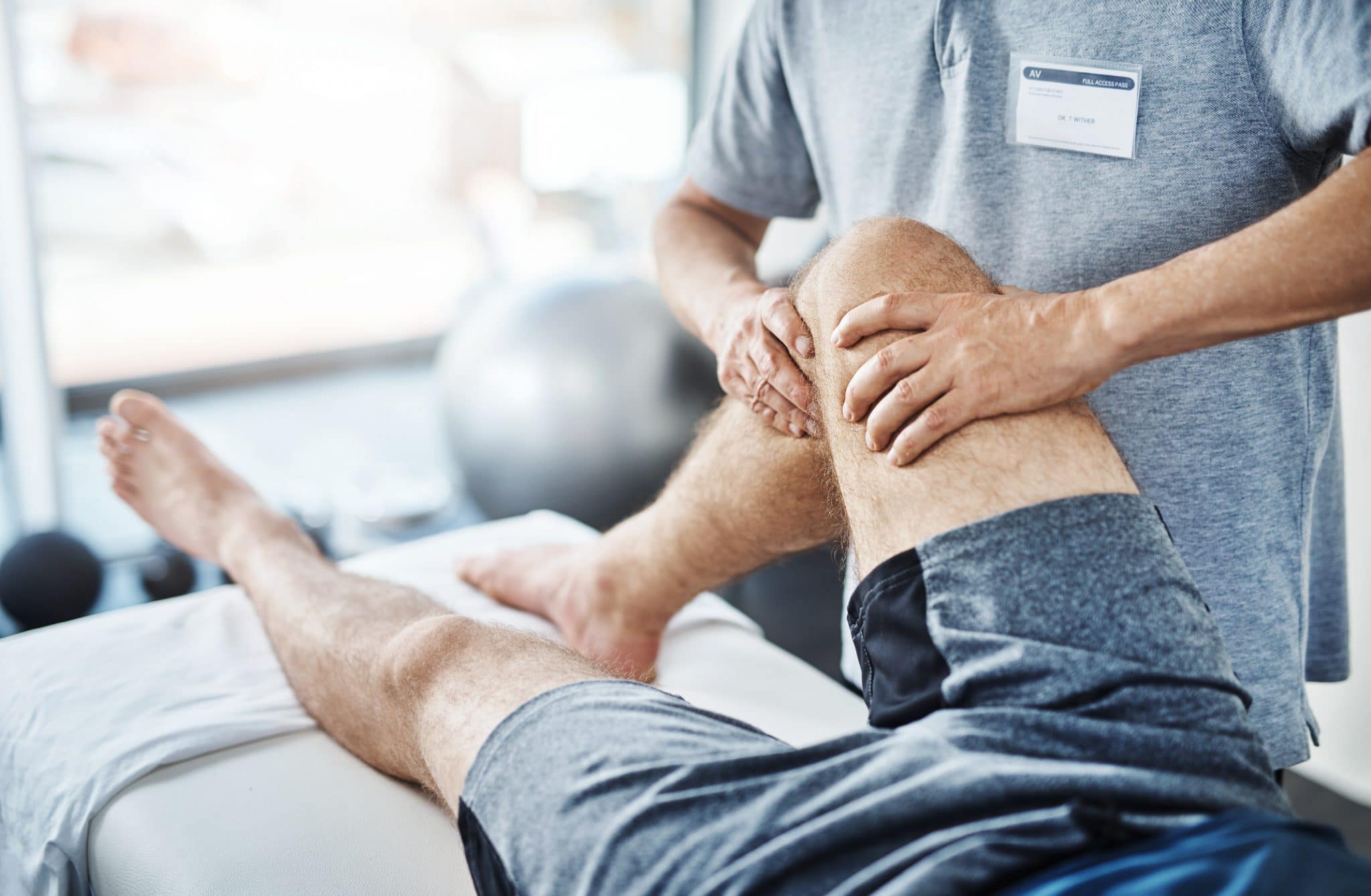Utilizing the Power of Physical Activity to Alleviate Chronic Discomfort and Enhance Standard of Living
Utilizing the Power of Physical Activity to Alleviate Chronic Discomfort and Enhance Standard of Living
Blog Article

Persistent pain impacts millions of people globally and can substantially diminish the standard of life. It can arise from multiple conditions, such as joint inflammation, fibromyalgia, or prior traumas. While medications and treatments are commonly employed to manage pain, a expanding body of studies indicates that physical activity can play a vital role in alleviating chronic pain. Participating in regular physical exercise can not only help lower pain intensity but also improve overall health and functionality. Understanding how exercise impacts the physical state can empower patients to take control of their pain relief.
Exercise has several physical benefits that can help reduce chronic pain. When people engage in physical activities, their bodies release endorphins, which are natural pain-relievers. Additionally, exercise can improve blood circulation and strengthen muscles, providing better support for joints. For those with issues like arthritis, low-impact workouts such as aquatic exercises or biking can assist maintain joint mobility without putting excessive stress on the system. Regular exercise also helps in maintaining a healthy weight, which can reduce the stress on weight-bearing joints and additionally ease pain.
In furthermore to its bodily benefits, exercise has a favorable impact on mental health. Chronic pain can often lead to feelings of anxiety and depression, which can worsen the perception of pain. Participating in consistent physical exercise can assist fight strengthening exercises for physical therapy these feelings by boosting self-esteem and improving mood. Group exercises, such as yoga or pilates, also provide communal interaction, which can improve emotional backing. This mixture of bodily and mental health benefits makes exercise an essential component of a comprehensive pain management strategy.
It is crucial to tackle exercise with care, particularly for those dealing with chronic pain. Starting slowly is crucial to avoid worsening symptoms. Patients should think about seeking advice from healthcare experts to create a tailored exercise program that considers into account their specific conditions and constraints. Exercises such as flexibility training, walking, or gentle yoga can be excellent starting points. Slowly boosting the effort and duration of workouts can assist build strength and endurance without inducing undue strain on the body.
In conclusion, harnessing the benefits of exercise can substantially reduce chronic pain and enhance quality of life. Regular physical exercise not only assists to reduce pain through the release of endorphins and improved muscle strength but also supports mental health. By including exercise into daily routines, individuals can enable themselves in controlling their pain. A thoughtful and informed approach to exercise, directed by healthcare experts, can lead to lasting improvements in health and overall standard of life.